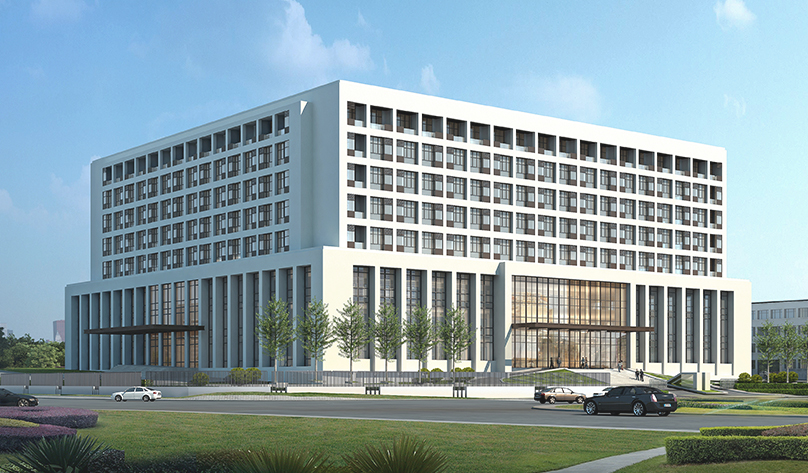-

Address: No. 73, Hongchou West Road, Hongchou Town, Tiantai County, Taizhou City, Zhejiang, China
-

E-Mail: info@ys-traffic.com
-

Tel: +86-17338553371
* We promise never to disclose your information.



Design ODM Parking Chocks Wheel Stops Wholesaler in China Parking chocks wheel s...
View MoreSale OEM Parking Chocks Wheel Stops Manufacturing Maker In the intricate tapestr...
View MoreHigh Quality Parking Chocks Wheel Stops Supplier in China The durability of park...
View MoreChina Wholesale Parking Chocks Wheel Stops Manufacturer In the realm of vehicle ...
View MoreIn the realm of traffic management and event security, the use of traffic fencing and pedestrian segregation barriers has become increasingly prevalent. These versatile barriers serve multiple functions, including guiding traffic flow, delineating pedestrian walkways, and ensuring crowd control and safety.
Traffic fences are sturdy barriers designed to control and direct vehicular traffic, delineate roadways, and protect pedestrians and property from vehicular intrusion. These fences are typically constructed from durable materials such as steel, aluminum, or PVC, and come in various heights and configurations to suit different traffic management needs. Traffic fences are commonly used along highways, construction sites, airports, and parking lots to channelize traffic and prevent unauthorized access to restricted areas.
Pedestrian segregation barriers, also known as crowd control barriers or pedestrian fencing, serve to delineate pedestrian walkways, control crowds, and manage pedestrian flow in public spaces and event venues. These barriers are typically made from robust materials such as steel or aluminum and feature interlocking panels that can be easily assembled and disassembled for quick deployment. Pedestrian segregation barriers are commonly used at concerts, festivals, parades, and sporting events to create safe and orderly pedestrian pathways and prevent overcrowding and congestion.
Traffic fencing refers to a range of fencing solutions specifically designed for traffic management purposes, including perimeter fencing, crash barriers, and guardrails. These fences are engineered to withstand vehicle impact and provide protection for motorists, pedestrians, and property. Traffic fencing systems often incorporate reflective elements and signage for increased visibility and safety, especially in low-light conditions or high-speed environments. Traffic fencing is essential for ensuring the safety and security of road users and bystanders in urban and industrial settings.
Crowd barricades, also known as crowd control barricades or event barriers, are temporary barriers used to manage crowds, create queues, and define event spaces. These barricades are typically made from lightweight yet durable materials such as steel or aluminum and feature interlocking panels or frames for easy setup and removal. Crowd barricades are commonly used at concerts, festivals, protests, and public gatherings to maintain order, control access, and ensure the safety of participants and spectators.
Traffic Management: Traffic fencing and pedestrian segregation barriers play a crucial role in directing traffic flow, controlling access to restricted areas, and preventing accidents and collisions on roadways and construction sites.
Event Security: In event management, these barriers are essential for maintaining crowd control, managing queues, and ensuring the safety and security of attendees and staff at concerts, festivals, parades, and other public gatherings.
Perimeter Protection: Traffic fencing provides perimeter security for airports, industrial facilities, parking lots, and other high-security areas, protecting property and assets from unauthorized access and intrusion.
Quick Deployment: Many traffic fencing and pedestrian segregation barriers feature modular designs and lightweight construction, allowing for easy transportation, setup, and removal as needed for temporary or emergency applications.
In conclusion, traffic fencing and pedestrian segregation barriers are essential tools for ensuring safety, security, and order in traffic management and event security operations. Whether it's controlling vehicular traffic on highways, guiding pedestrians at events, or protecting property in industrial settings, these barriers serve diverse functions and applications in various environments. By understanding the features and applications of traffic fencing and pedestrian segregation barriers, traffic authorities, event organizers, and facility managers can implement effective solutions to enhance safety and efficiency in their respective domains.
